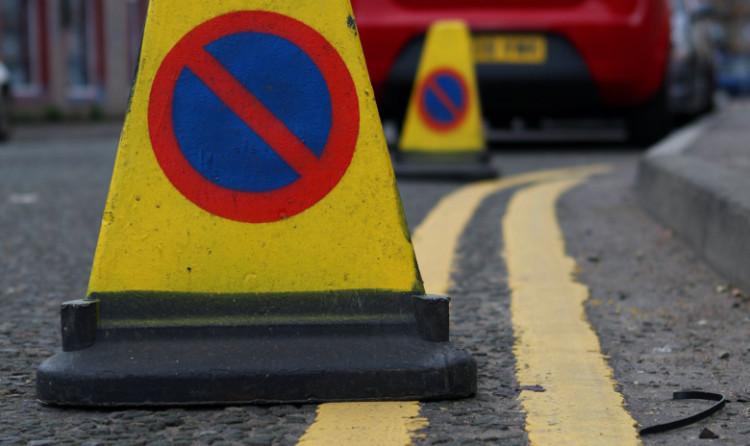Police Scotland plans to withdraw traffic wardens from 18 Scottish local authorities could lead to “driver anarchy” across more than half the country, it has been warned.
Officers will now only attend incidents of dangerous parking and police have told councils to consider using dog and community safety wardens to issue tickets for other parking infractions.
However, it can take up to two years for councils to be granted powers to issue fixed penalties for parking offences, sparking fears of a parking free-for-all across much of Scotland.
Only 14 of Scotland’s 32 councils have Decriminalised Parking Enforcement (DPE) powers, or are in the process of obtaining them, that allow them to issue parking fines, rather than the police.
However, Police Scotland has decided parking enforcement is no longer one of its key duties and has told those councils without DPE, including Angus, Stirling and Clackmannanshire, that traffic enforcement will become their responsibility within weeks.
The Convention of Scottish Local Authorities (Cosla) says it has been “made clear” that although monitoring on-street parking will still be the legal responsibility of police until councils obtain DPE, officers will only attend incidents of dangerous parking.
This could mean time limits on parking would no longer be imposed, allowing people to park on the street for as long as they like for free. And officers will not attend incidents where drivers have parked in loading bays or bus lanes.
As local authorities were only informed of Police Scotland’s decision in the autumn and it can take councils between six months and two years to gain the power to enforce parking rules and issue tickets there are now fears of “driver anarchy” as well as a loss of revenue.
A report put before Highland Council last month said: “Likely consequences of a long-term reduction in or removal of on-street parking enforcement include ‘driver anarchy’ with potential road safety and traffic management issues.”
Cosla spokesman Councillor Stephen Hagan said: “Decriminalised Parking Enforcement is only a viable proposition for areas where there is a significant amount of on-street charged parking sufficient to create enough income to cover the costs of management and enforcement of parking.
“Preparation of DPE is a lengthy process which requires the approval of Scottish ministers and a number of statutory instruments to be laid before the Scottish Parliament.
“Taking into account existing processes, this could be achieved at the very best in 18 months.”
A police spokesman said: “We are in the process of informing all stakeholders about the future of the traffic wardens service where it is provided by Police Scotland.
“There are a small number of discussions around future provision still ongoing.
“Where parking is dangerous or causes significant obstruction, police officers will continue to resolve the issue using the appropriate enforcement activity, including parking tickets, other direct measures or prosecution reports.”
